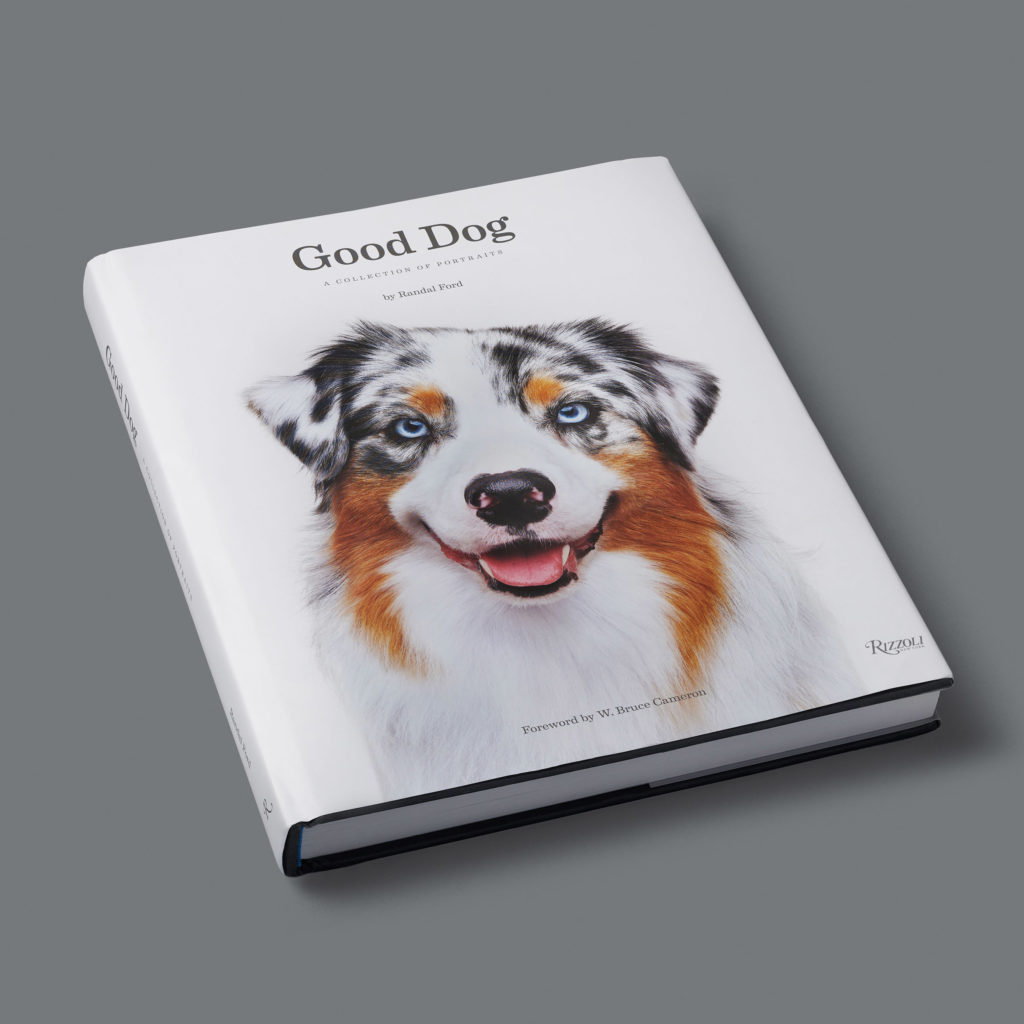Tips from a Paws PR Publicist
The COVID-19 pandemic has taken an enormous toll on countless people and industries around the world. If you are lucky enough to still have a job and are working in PR, you’ve likely noticed changes in the media landscape and journalist behavior since the start of the crisis.
The Coronavirus has largely been the main focus of the news cycle for the past several months and has also altered the traditional structure of a newsroom. This has left PR pros wondering: “Will my story still be covered even if there is no link to the pandemic?” or “Why is a journalist I’m close with not responding to my emails?”
At Paws PR, we are keeping up with the ever-changing media landscape and making sure our clients understand how the pandemic has affected PR - and thus how we have pivoted in our strategies to ensure success.
Here are some trends I have noticed that have resulted from the pandemic and my tips to navigate the media relations realm in this difficult time:
***
Triple check your media targets
Some publications have laid off staff or have restructured internally (e.g. people have changed beats so there is enough coverage on major events happening right now). Poynter has maintained this updated list of media layoffs and furloughs since the start of the pandemic, which provides a harsh overview of how newsrooms have been adversely affected.
You should always check to see when the last time a journalist was published and what they have been covering, regardless of the pandemic. Contacts on databases such as Cision and Muck Rack may not always be up to date. Checking Twitter bios is often a great way to get the most recent update on a journalist’s career moves. You can check that a Twitter bio is current by cross-checking with other social media accounts, such as LinkedIn, and quickly checking if the journalist has recently Tweeted.
Some publications have assigned specific reporters to cover the coronavirus. There is so much Coronavirus-related news that many reporters who were on a general news beat are now reassigned to cover the pandemic. For example, ABC News’s Cheyenne Haslett previously covered Washington and the 2020 campaign, but was reassigned to cover the Federal response to the pandemic. An easy way to find these “COVID-focused” reporters if you need to is by checking the authors of COVID-related stories at specific outlets, then reviewing their bios and recent coverage on the site.
Journalists want stories to be relatable to their audiences...but in the best interest of everyone
Adapt your pitches to the current situation - but first, do your research. What is the reporter’s beat and how has it been impacted by the pandemic? This is a surefire way to make the right link...but don’t stretch it too far. You want to have your client’s best interest in mind and don’t want to come off as capitalizing off of the pandemic. If there's truly no way you can link it to the pandemic, then don't. If you pitch something in poor taste, a journalist may associate that poor taste with you specifically.
An example of success
In late 2020, Paws PR worked with photographer Randal Ford on the launch of his new book: GOOD DOG: A COLLECTION OF PORTRAITS a compilation of 150 dog portraits that captures the warmth, humor, and unconditional love that is in the heart of every dog. Paws PR has worked on many book launches over the years, but this project came with the challenge of promotion during COVID. Fortunately, the book lent itself to a natural newsworthy hook in our media pitch:
As we attempt to navigate the ever-changing terrain of a global pandemic, one good thing remains constant: our dogs by our side. The compilation of 150 dog portraits captures the warmth, humor, and unconditional love that is in the heart of every dog. Ford has gained international recognition for his work and is most well-known for his portraits of animals, with years of experience photographing all kinds of animals, from wild big cats to domestic farm animals and everything in between.
And our client provided the perfect quote to capture the essence of the project:
“If there were ever a time to pay tribute to our closest companions, it is now. Good Dog is a heartwarming collection of meaningful moments with man's-best-friend. As we look into the eyes of these animals, may we recognize the unwavering presence of their gentle spirit-- one of wisdom, unending loyalty and perfect love for imperfect humans.”
- Randal Ford
All of the reporters in our database were working from home which prevented us from mailing them advance copies of the book. This meant we had to get creative in our outreach with multiple emails and, in some cases, Tweets to capture their attention. In the end, we achieved success and generated over 80 million impressions with placements including USA Today, Modern Dog, Cheddar TV, The Austin Chronicle , and Texas Lifestyle.

An example of news you don’t want to pitch
Irish airline Ryanair came under major scrutiny recently for their “Jab and Go” campaign. The campaign suggested that people will be able to travel freely as soon as they are vaccinated, and a now-banned TV spot depicted people vacationing maskless in the likes of Spain and Greece. The campaign has been criticized for being tone deaf and trivializing the pandemic, as the CDC has cautioned people from going “back to normal” immediately upon vaccination. Industries such as airlines have to be particularly careful, since their business is centered around a high-risk activity, so this misstep may make people even more hesitant to fly with Ryanair. Don’t be afraid to say “no” to pitching something that seems off-putting; try offering feedback or alternatives if you’re presented with a campaign like this.
Patience is a virtue
You may have noticed that reporters are taking longer to respond or not responding when you are sending out pitches or inquiries, even reporters with whom you’ve worked with before or have established relationships with. Although we are almost a year into the pandemic, living in the “new normal” can be a strenuous process, with many facing ups and down, mentally and emotionally. Never in recent memory have people across professions needed to place such a focus on mental health and work-life balance. You often don’t know a journalist’s circumstances - maybe they aren’t responding to as many emails as normal because they are WFH while they are helping their kids with school-from-home. We are all going through it! Put yourself in journalists’ shoes and never take anything too personally. If someone isn’t answering you, simply seek out new targets. View it as an opportunity to make new connections.
***
IN CONCLUSION, by working smarter and staying focused, you can find success in pitching the media during these unprecedented times, even when it seems difficult. It could also be helpful to reference any crisis PR campaigns you’ve done in the past and apply some of the same principles now, when relevant. Navigating through this era will only make future roadblocks seem less intimidating in the future.
Nicole Keller
Paws PR Publicist
